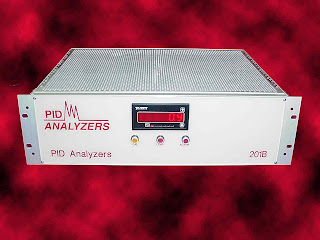We had so much fun at PITTCON 2010 at our two Tweetups and the 2011 Tweetups were also successful and gained some press coverage. An excerpt from my blog got included in the description for social networking (Tweetups) in the March 14 issue of Pittcon Today. The daytime Tweetup was featured with a picture in the March 16 issue of Pittcon Today and a small article appeared in the March 17 issue of Pittcon Today.
C&EN photographed the daytime Tweetup. Hope we make it into the ACS Anaheim issue.
The morning Pittcon Tweetup is run as a social media brainstorming meeting with participants sharing ideas, experiences and methodology with respect to all aspects of social media.
The evening Tweetup is more socially based and run as a Tweetup-where folks who met on Twitter get together and meet in person. And of course Tweeting from the Tweetup is an absolute must!
PITTCON 2011 attendees and exhibitors can expect more Twitter participation this year since there will be a live Twitter-feed display in Centennial Park located on the Georgia World Congress Pittcon show floor. This will of course encourage participation: nothing like seeing your Twitter handle on the big screen.
The plans for the Tweetups at PITTCON 2011 have already been organized thanks to Ken Grant of Analtech and a fellow esteemed member of Pittcon's Exhibitor Advisory Council For Marketing (EACFM) and Pam Wasielewski, Marketing Assistant at The Pittsburgh Conference.
The Morning Tweetup was Tuesday, March 15th at 10:00 a.m. at Foodworks (Georgia World Congress Center, Level 2, Building B)
 |
| GWCC Web photo |
 |
| Photo courtesy of Ken Grant |
 |
| Photo courtesy of Ken Grant |
The Evening Pittcon Tweet Up was held at STATS at 7:00 p.m. (about 5 minute walk from the convention center.)
 |
| STATS photo from Stats web site |
PITTCON on Twitter using #pittcon is still active. Join the conversation.




































%5B1%5D.JPG)





